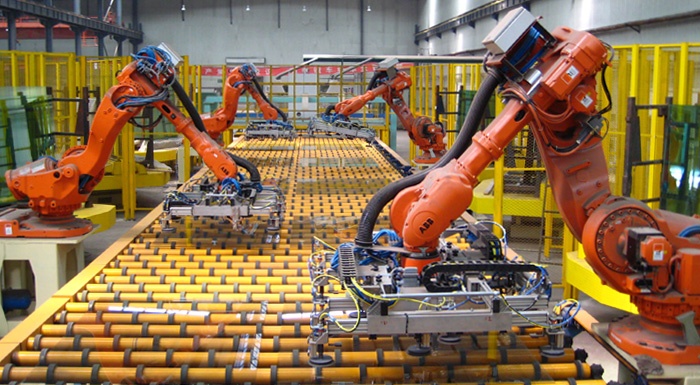
OEM developers often see the time they need for their product development grow, while actually they would prefer, from a competitive and financial point of view, to market their products much faster. What is the cause of these long development processes and what can you do concretely to significantly shorten the development period?
Distributed knowledge
The first generation of products with which a company made a name for itself, is often many times much simpler than the generation of products companies now work at. The number of things to take into account has gone up tremendously over the years and the necessary knowledge cannot be secured with just two or three people. The knowledge is widespread and organizing and analyzing this knowledge takes up a lot of time.
Drawing up a product specification
Proper product specification is essential when successfully and efficiently developing a product. Many companies, however, find it difficult to analyse, prioritise and translate, the wishes of the client into an adequate product specification. Because of this, the starting point of the development, the product specification, remains “fuzzy” for a long time. Finding the information the market really needs, is difficult and knowledge about this is spread out throughout the organisation. Also, clients have increasingly high expectations, and everything must go quicker and be cheaper, lighter, eco-friendlier and easier to maintain.
There are many opinions to deal with and you will often have to deal with corporate culture and history, which make it difficult to reach a consensus.
All of these factors cause the start of the actual product development to be delayed significantly.
Risk of reputational damage
Not any company wants to hit the headlines because of a recall or teething troubles. Such a risk of reputational damage and repair costs causes prototypes to be tested more extensively and for a longer period before market introduction.
Does any of the above seem familiar? In the following paragraphs we will tell you which possibilities can help you shorten your time to market.
The roadmap
You should set up at an early stage a visual roadmap in which you will point towards where you are working. This roadmap must provide an overview inside a complex process by dividing it into comprehensible steps. You should focus on a gradual reduction of project risks and chart the scheduled decision points. Define the “short sprints” in order to apply rhythm and pace in the development. This visual red carpet is alive and adjusted on a regular basis during the project definition phase by using newly acquired insights. However, because it is concrete, it offers an overview, creates rhythm and stimulates, in order to deliver input. Everyone gets the feeling to be on a train that is really going somewhere. This gives energy and a feeling of responsibility to the people who work on it and ensures an acceleration of the project.
Test concepts towards clients
Organisations can speculate for a long period of time about what customer value will create in the future. To prevent this, you can stimulate your organisation to test the market value of your idea by means of simple experiments. As in science, you could propose a hypothesis, test it by means of an experiment and then adjust it following the result of the experiment. You could use simple experiments to test concepts with your clients. By means of this “proof of concepts” you could, over a short period of time, reduce technical risks and also the risk that you will develop things your client is not interested in. Also, the intense contact with your client during this development will provide more insight into his real problems.
Modular designing
If your products have been set up modularly, then you will be able to launch new innovations within your product portfolio much faster. You can then focus your development capacity on, for example, the 20% of modules that really make the difference and with which you can beat the competition. Also, because of modularisation, complex products are split into simple, comprehensible parts. This way, it is possible to work parallel to new developments and also be able to market new innovations in your products at a faster rate and at lower costs.
Does your company also suffer from increasingly long development times and do you want to know more about making visual roadmaps or coming up with “proof of concepts”? Then please contact us.
Would you like to know more about modular designing? Make an appointment with us.











